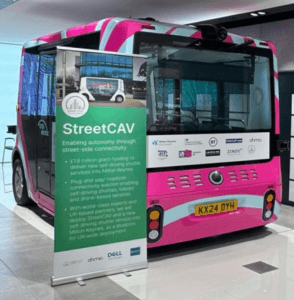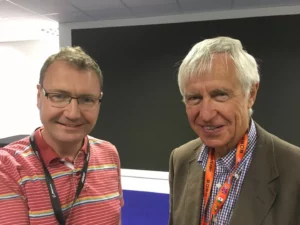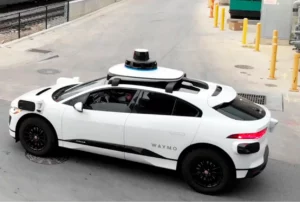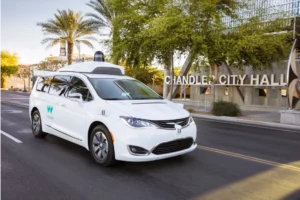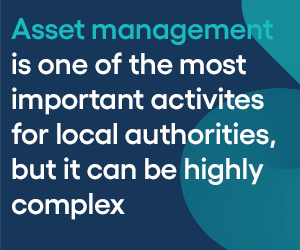One of the world’s leading experts in automated vehicles has told the latest Highways Voices podcast that developers must accept drivers may not use their vehicles correctly and put in the relevant safeguards to minimise risk. Listen here.
Consultant Professor Nick Reed of Reed Mobility was referring to cases such as the driver who put his car into automatic mode on the M1 and then filmed himself in the passenger seat, or the recent example of a car crashing in Houston killing two people where neither was driving.
“One of the issues around current automation systems is that lack of driver monitoring,” Prof Reed explains. “I think if we can develop systems that reliably detect, firstly, the presence of a driver to make sure they haven’t shifted into the passenger seat or the backseat, but also that they are paying the right level attention, as is befitting for the level of automation that is currently operating, then I think we can tackle some of the ways in which drivers might misuse the system. We need to think almost in an adversarial way, what are all the ways in which drivers could misuse or try to break the systems and make sure we are comfortable that the technology is able to at least bring the vehicle to a safe stop?”
The conversation covers a range of topics including plans to allow automatic lane keeping assistance at slow speeds on motorways and the legal issues around it. “I think it’s an important step to make,” Prof Reed continues. “I think what we don’t know at the moment is the safety benefit that can be achieved from this system. So there are many organisations rightly pointing out the risks of calling this system self driving, and that’s that’s absolutely correct. There is it’s not that the system could do all the driving for you. It’s it’s a collaboration between the technology and the human driver.”
He also has advice for transport planners about where driverless vehicles fit into the overall mobility landscape, “One of the driving forces for the designs that the planning of their transport environment has to be climate emergency, how can we act to mitigate the worst impacts of the carbon emissions, how can we do design our environments to enable more sustainable use of transportation?” He explains. “Now, some of that involves shifting to automated vehicles shifting to Mobility as a Service, but a lot of that also involves shifting to active transport, enabling walking and cycling, enabling public transport to operate more effectively. So I think the role for the planners is to set out the vision of what they want their environments to be like, how do they want the transport system to deliver the environment that the people and the residents and businesses want, and then allow the technology and the innovators to help in delivering that vision. And as I say, some of that will be supported by automation.”
You can sign up to automatically download the weekly Highways Voices podcasts to your favourite podcast platform here.
(Picture – Yay Images)




